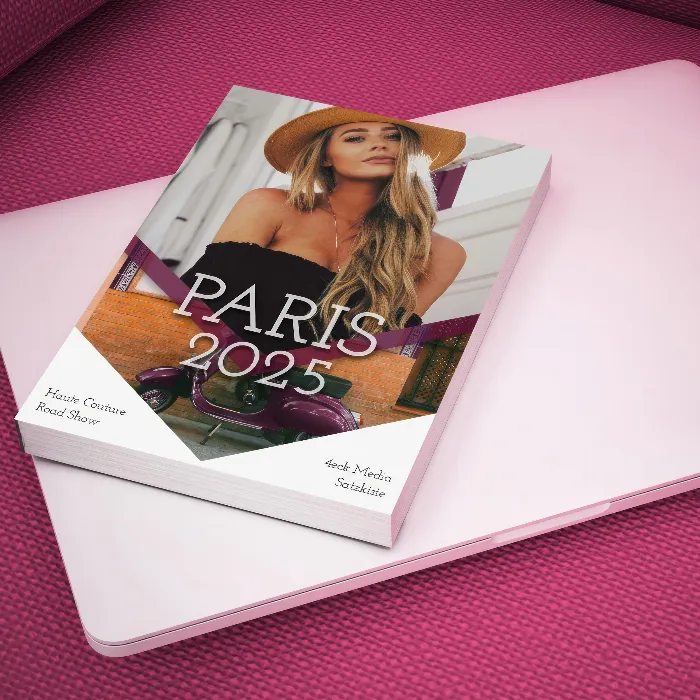Adobe InDesign offers a variety of powerful features to efficiently design and edit documents. In particular, the find and replace functions are indispensable tools for managing large projects. In this excursion, you will learn how to use the object search and the glyph search to optimize your workflows. You will also receive valuable tips on how these functions can be used effectively.
Main Findings
- The glyph search allows searching for specific characters from the font.
- The object search is versatile and allows searching for various object types and attributes.
- Both functions provide an effective way to find and edit specific elements in extensive documents.
Using Glyph Search
The glyph search in InDesign. This function is very useful when you are looking for specific glyphs, that is, characters included in your font set. To start using the glyph search, go to the "Glyph Search" tab in the search dialog.

Here you can select a specific glyph from your font. This is best done through the glyph palette, which provides an overview of the available glyphs. Once you have found a glyph, you can easily transfer it to the search field by right-clicking.
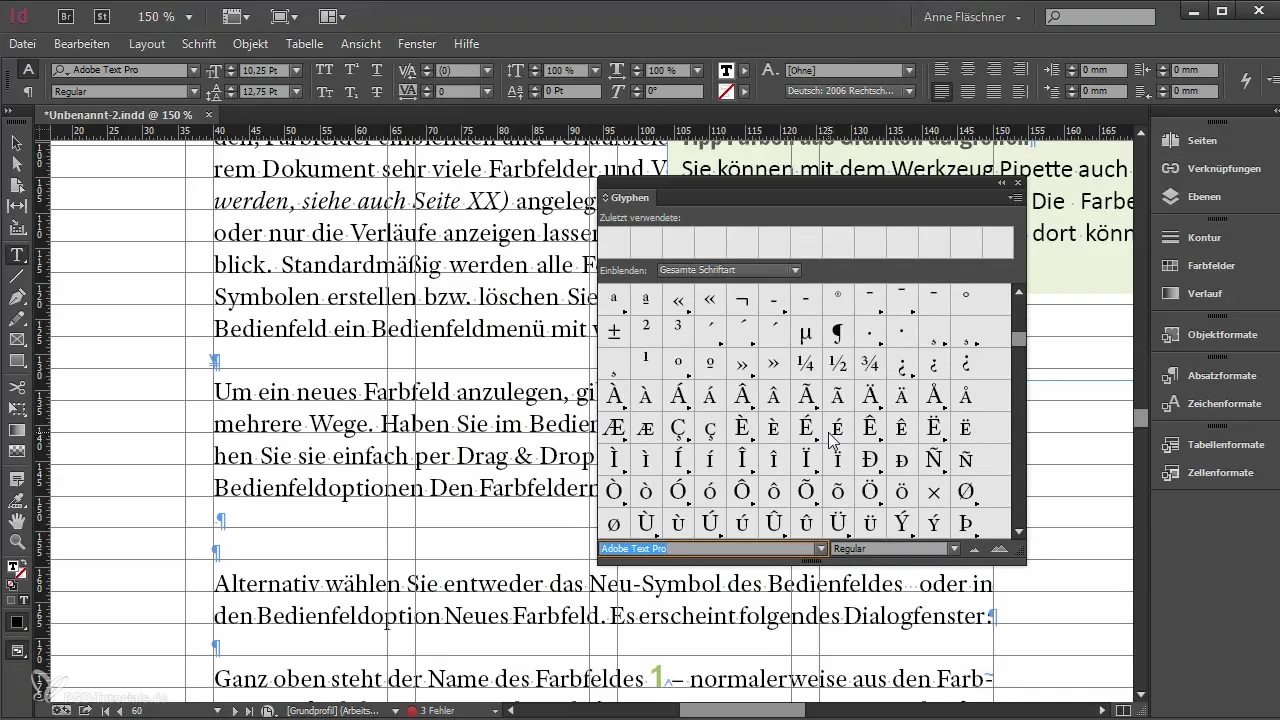
However, it is important to note that the glyph search is limited in some aspects. You cannot generally search for a glyph; you must specifically determine from which font and font style you want to search for the glyph. To search for glyphs more flexibly and comprehensively, it is often recommended to revert to text search.
If you actually want to search for a glyph specifically, you can first select the glyph in the glyph menu and then copy it into the text search. This way, you can search for the glyph in any font style, not just in the original font.
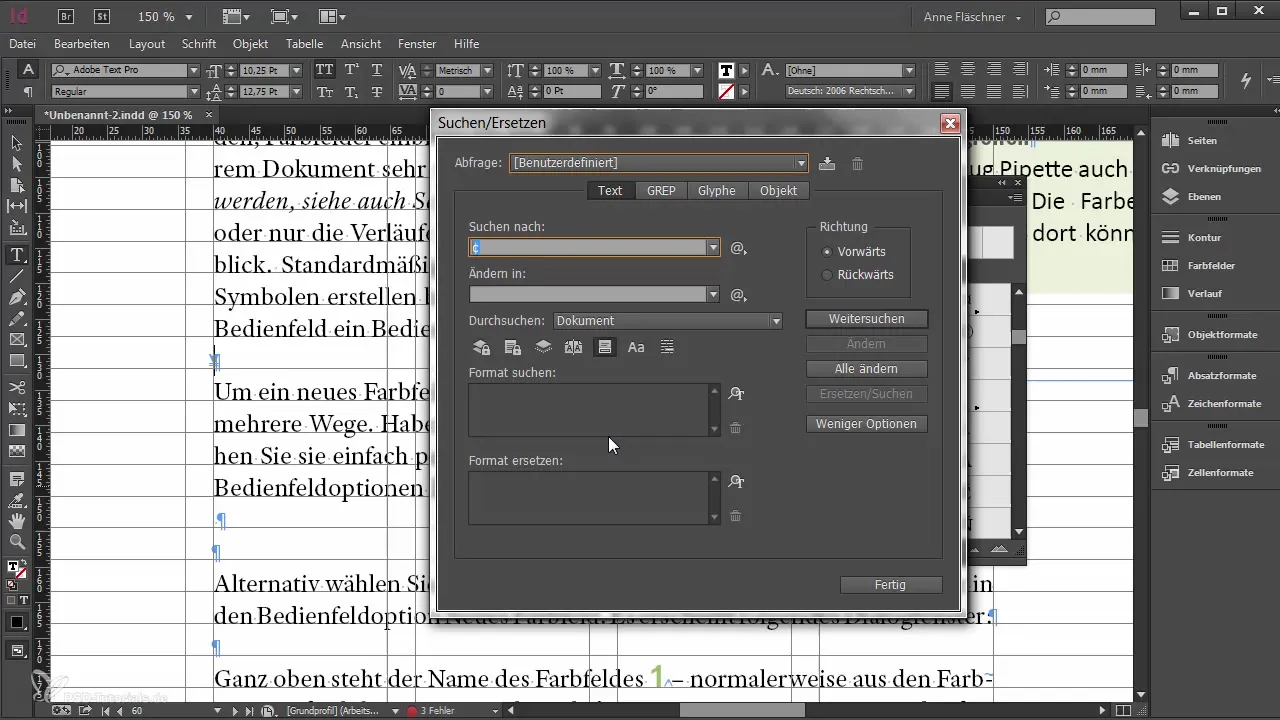
Although the glyph search can sometimes be useful, it is generally preferred to revert to the text search, which is more flexible and offers more search options.
Using Object Search Efficiently
The object search is one of the most powerful features in InDesign when it comes to specifically searching for certain objects. To activate the object search, first clear all previous search criteria for a fresh start.
Here you can search for almost any property an object can have. A common use case is searching for anchored objects, which are often imported from Word data. When text frames imported from Word are taken as anchored objects, this can often lead to clutter.
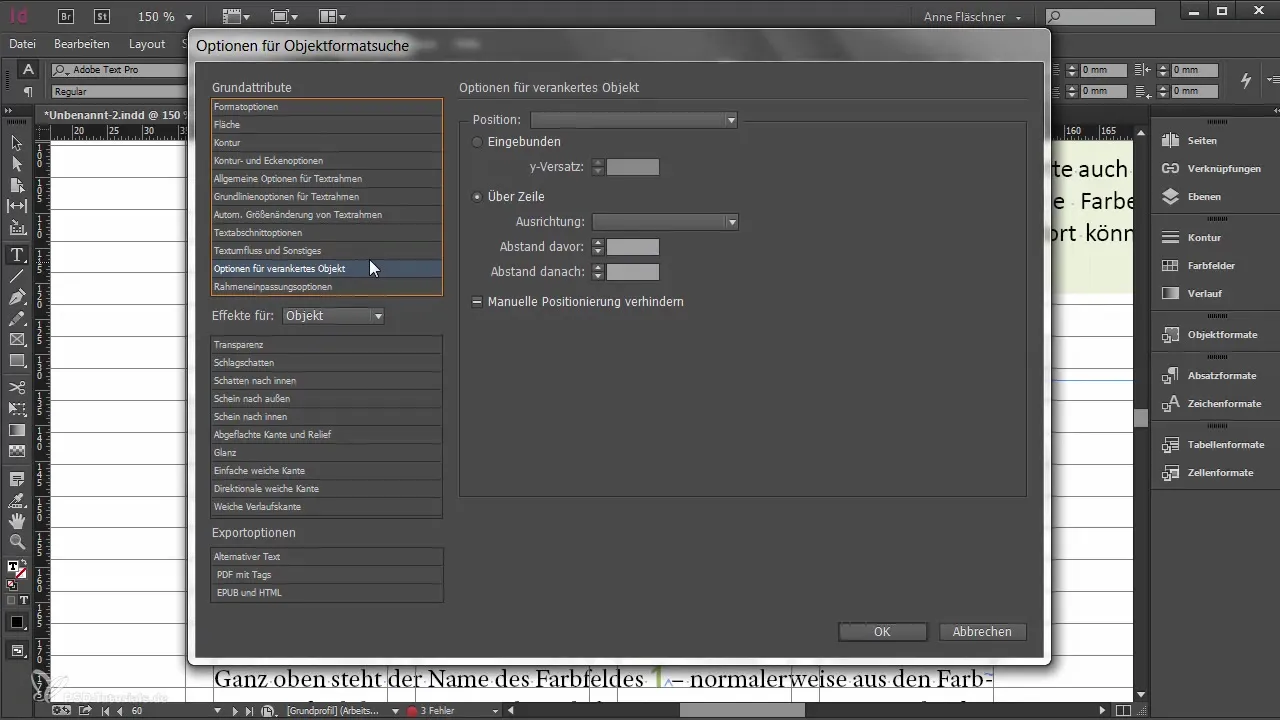
To start a search, select which type of frame you want to search within. Often, you will first want to search all frame types in your document. Then you can see which objects are anchored.
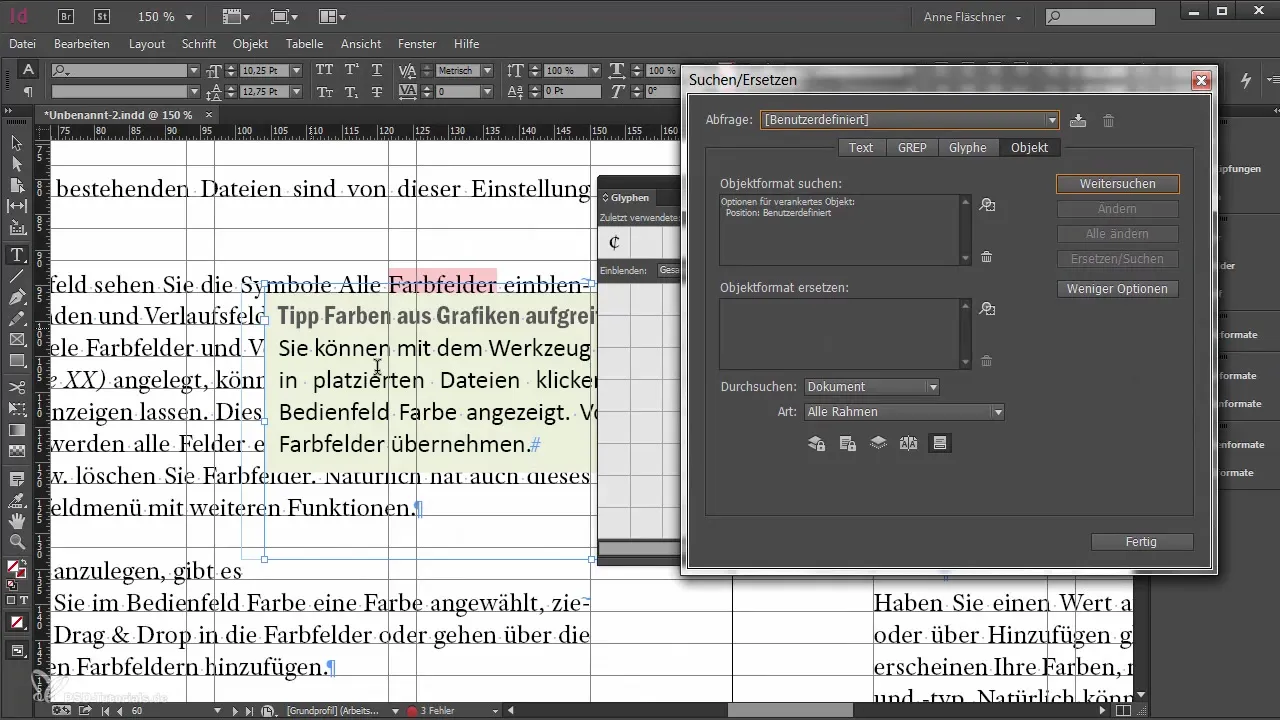
For example, if you find that you no longer need an anchored text frame, you can quickly find and remove or redesign it.
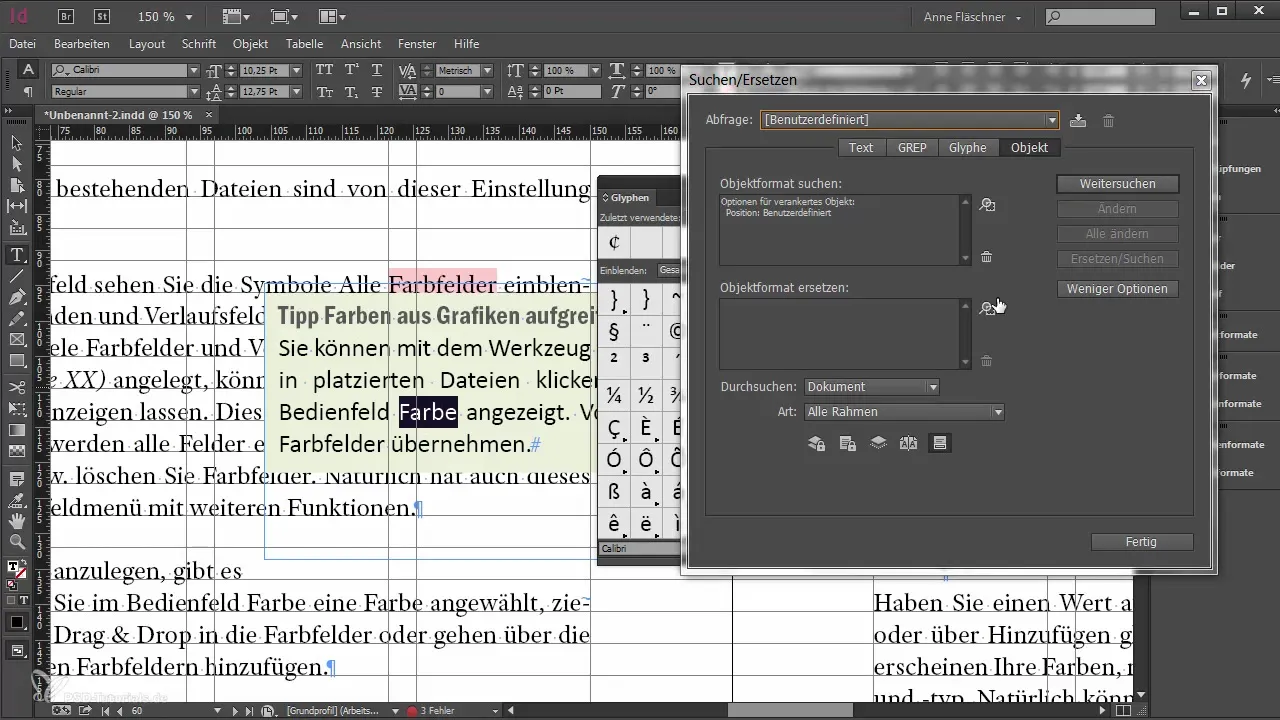
If you want to perform another type of editing, you can also assign specific object formats in the object search. If you forgot to assign an object format earlier, you can do so here and adjust the selection of objects accordingly.
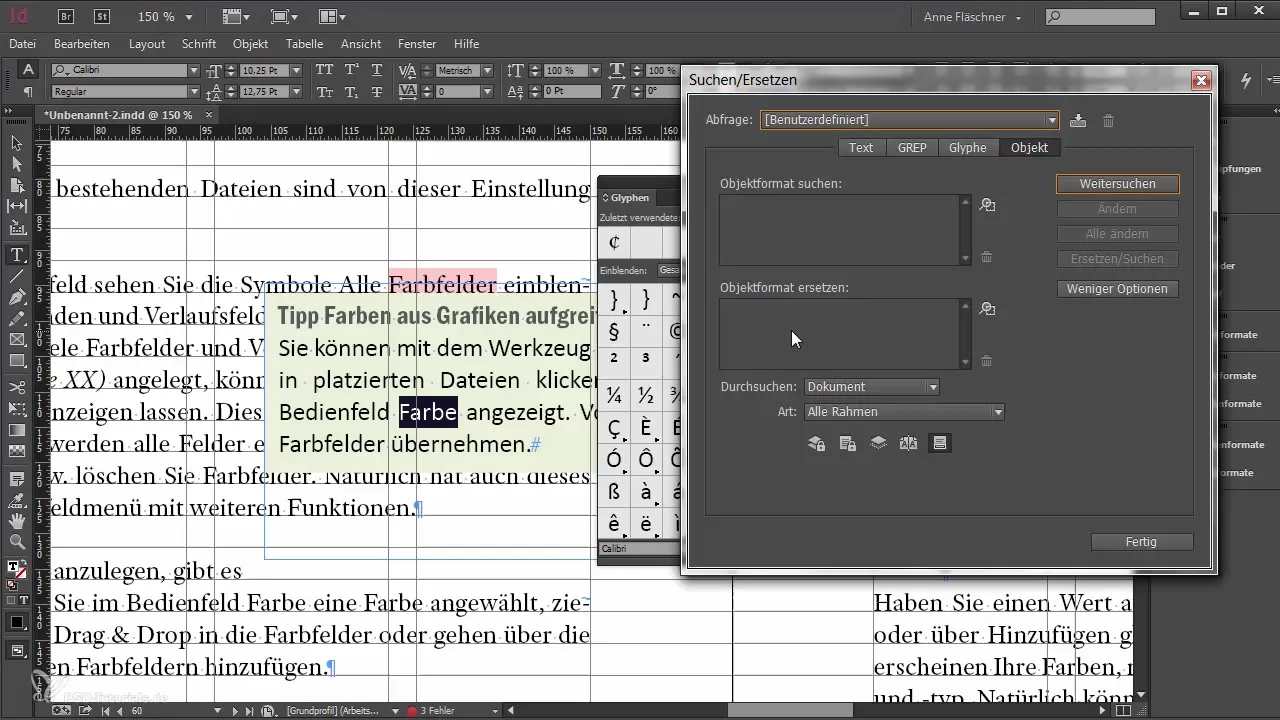
An example: you want to search for objects that have a stroke and assign them a specific object format. Through the object search, you can directly search for all objects with stroke color and replace them with the desired object format.

This method is particularly practical and time-saving when working with large documents containing many objects.
Summary - Dealing with Object Search and Glyph Search in InDesign
This guide has explained how you can effectively use the glyph search and object search. While the glyph search is aimed at finding specific characters, the object search allows targeted work with various object types and their properties. Both functions are valuable tools in your InDesign toolbox and can significantly enhance the efficiency of your workflow when editing extensive projects.
Frequently Asked Questions
What is the difference between glyph search and object search?The glyph search focuses on searching for specific characters in fonts, while the object search serves to find objects and their properties in a document.
How can I copy a glyph into the text search?Select the glyph in the glyph palette and use right-click to transfer it to the text search.
What can I search for with the object search?You can search for various object properties, such as specific object formats, colors, or the type of frame.
What do I do if I want to delete an anchored object?Use the object search to identify all anchored objects, then delete or edit them.
Can I use the object search for specific attribute combinations?Yes, the object search allows you to use very specific attribute combinations to find objects.
